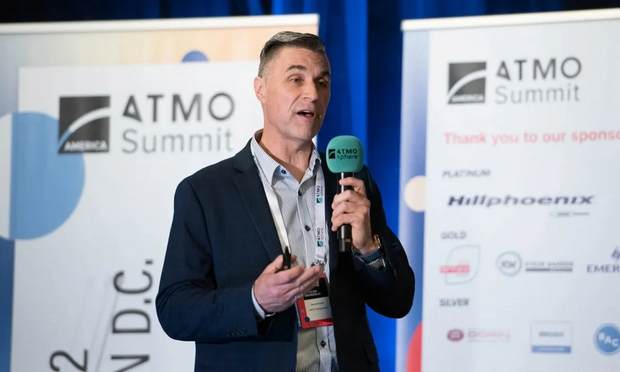Cimco Ammonia System for Meat Processor an Early Example of ‘Net Zero’

Cimco Refrigeration, a Toronto-based industrial refrigeration contractor, has reduced energy consumption at a Quebec-based meat-processing plant operated by Viandes Paquette by 2.5 million kWh annually with a low-charge ammonia/NH3 (R717) system. By reclaiming excess heat from the ammonia system, Cimco removed the need for any boilers at the plant.
Cimco has dubbed this system, installed in 2010, the “first low-charge ammonia net-zero industrial” plant.
“In my mind, the HVAC system and refrigeration system is net zero,” said Benoit Rodier, Director of Business Development at Cimco. This is due to the absence of a gas boiler, the region’s “clean and renewable” hydro electricity from utility Hydro Quebec and the use of ammonia as the refrigerant.
The plant was equipped with two ammonia-based systems: a low-charge NH3 system for the low-temperature (LT) units, such as the spiral freezer and blast freezer, and a self-contained ammonia/glycol packaged chiller for the plant’s medium-temperature (MT) needs. In relation to the MT system, Rodier emphasized that the ammonia doesn’t leave the mechanical room and the LT system only pumps low-charge ammonia to unoccupied areas.
Across the plant, there’s roughly 1,200lb (544kg) of ammonia in use, which is less than half what a normal system of this size would use, according to Rodier.
For heat reclamation, Cimco installed a thermal buffer containing warm glycol that stores energy for when the plant needs it, and three ice batteries, which have two-purposes. In the summer, the plant freezes the ice batteries overnight when the load is lower and uses it the next day for air-conditioning. In the winter, the system is forced to run to produce heat that is then pumped around the plant.
This system produces hot water for cleaning and for defrosting the spiral freezer, as well as air-conditioning and heating for the plant and its offices. It also defrosts the truck docking area and employee terrace in the winter via glycol pipes laid under the concrete. All of the plant’s heating needs come from the central ammonia system.
In total, Cimco’s installation has reduced the amperage at the plant by 29%, from 2,800amps to 2,000amps. It removing the need for separate systems for hot water (260kW), heating (1,200kW) and air-conditioning (62kW/18TR). The refrigeration package that Cimco installed was also 200kW (57TR) less than the original system.
Rodier told that if he were to design the system today, he would add CO2 (R744). For the LT system, he would pump CO2 instead of ammonia, and for the MT system, he would pump R744 instead of the glycol. Rodier added that he would use either a secondary or cascade system, “depending on the performance of the compressor.” In addition to higher efficiency, adding R744 to the system would reduce the ammonia charge to 400–500lbs (181–227kg).
